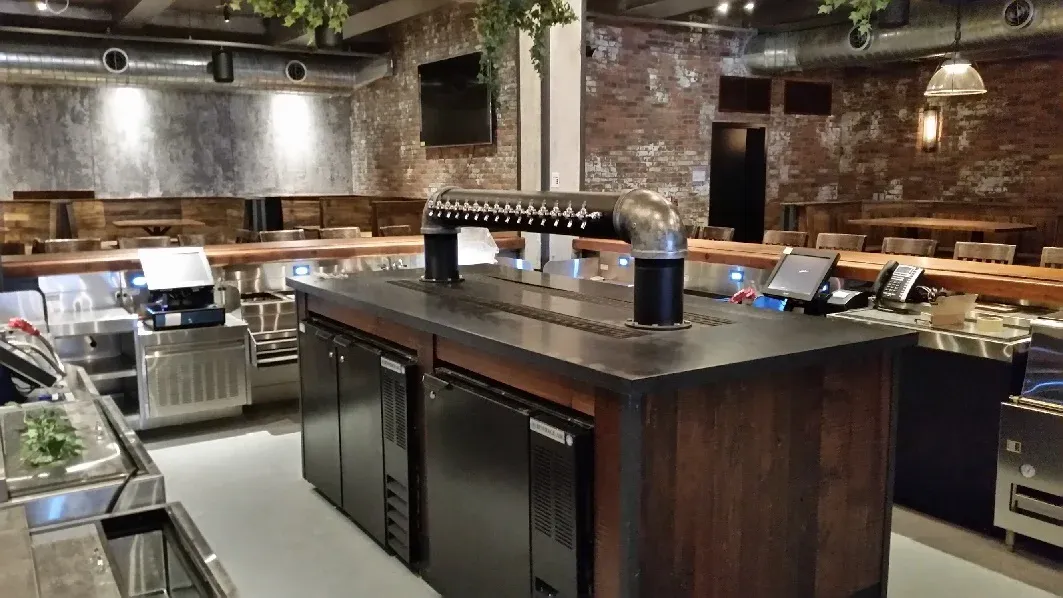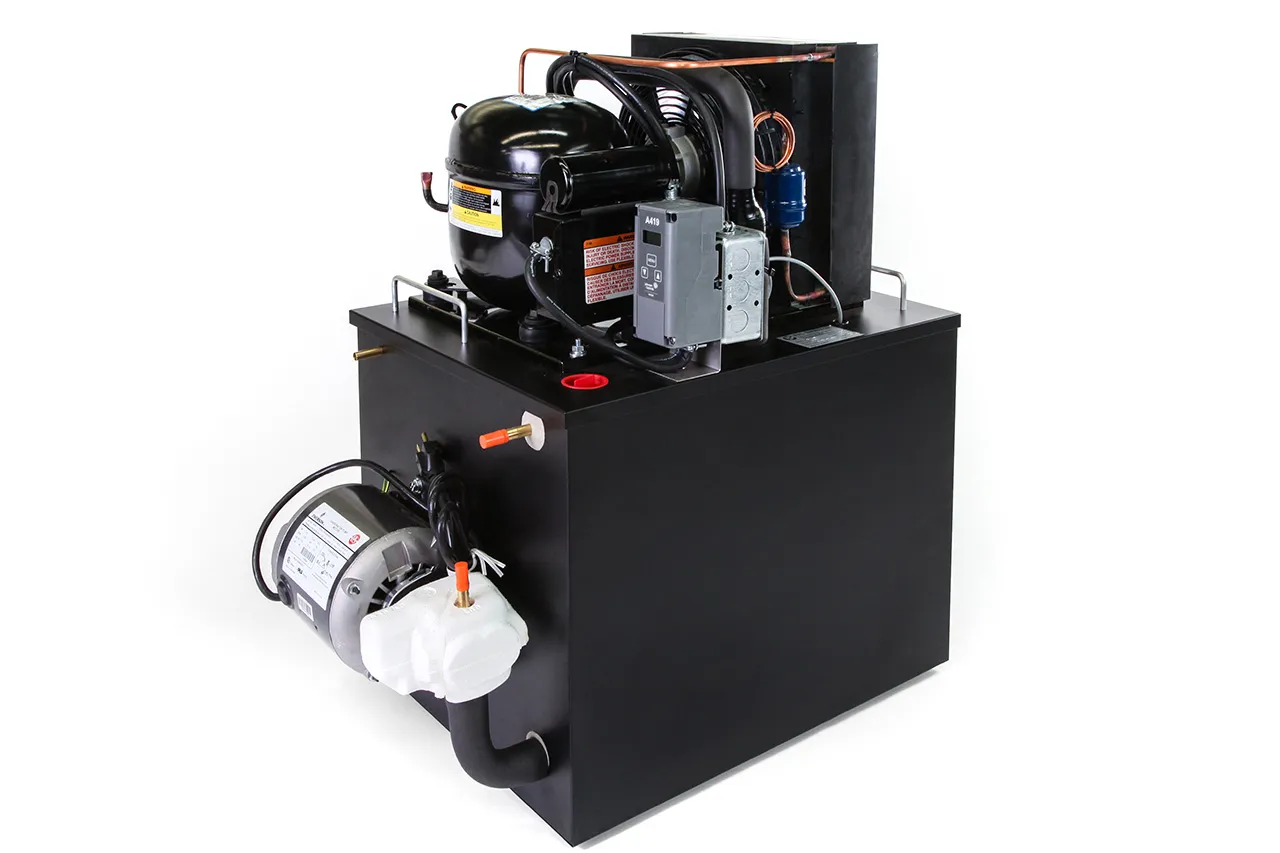What You Should Know About Planning a Beverage System
Designing a commercial bar or restaurant space is no small feat. From customer flow and aesthetics to functionality and efficiency, architects and interior designers have countless variables to consider. However, one area that is often underestimated during early design phases is the beverage system layout.
Whether it's beer on tap, cocktails, coffee, sparkling water, or nitro drinks, poor planning of beverage systems can lead to costly corrections during construction or frustrating limitations post-installation.
This guide aims to help architects and bar designers avoid common mistakes by outlining critical considerations for equipment spacing, trunk line planning, and tower placement.
Why Beverage System Design Matters in Early Planning
Beverage systems are not just utilities—they’re core components of the guest experience and revenue generation. Improperly placed towers, overcrowded equipment rooms, or trunk lines routed without foresight can quickly create operational inefficiencies, higher maintenance costs, and unsatisfactory beverage quality.
Integrating beverage planning into the architectural design phase ensures smooth installation, aesthetic cohesion, and long-term functionality.
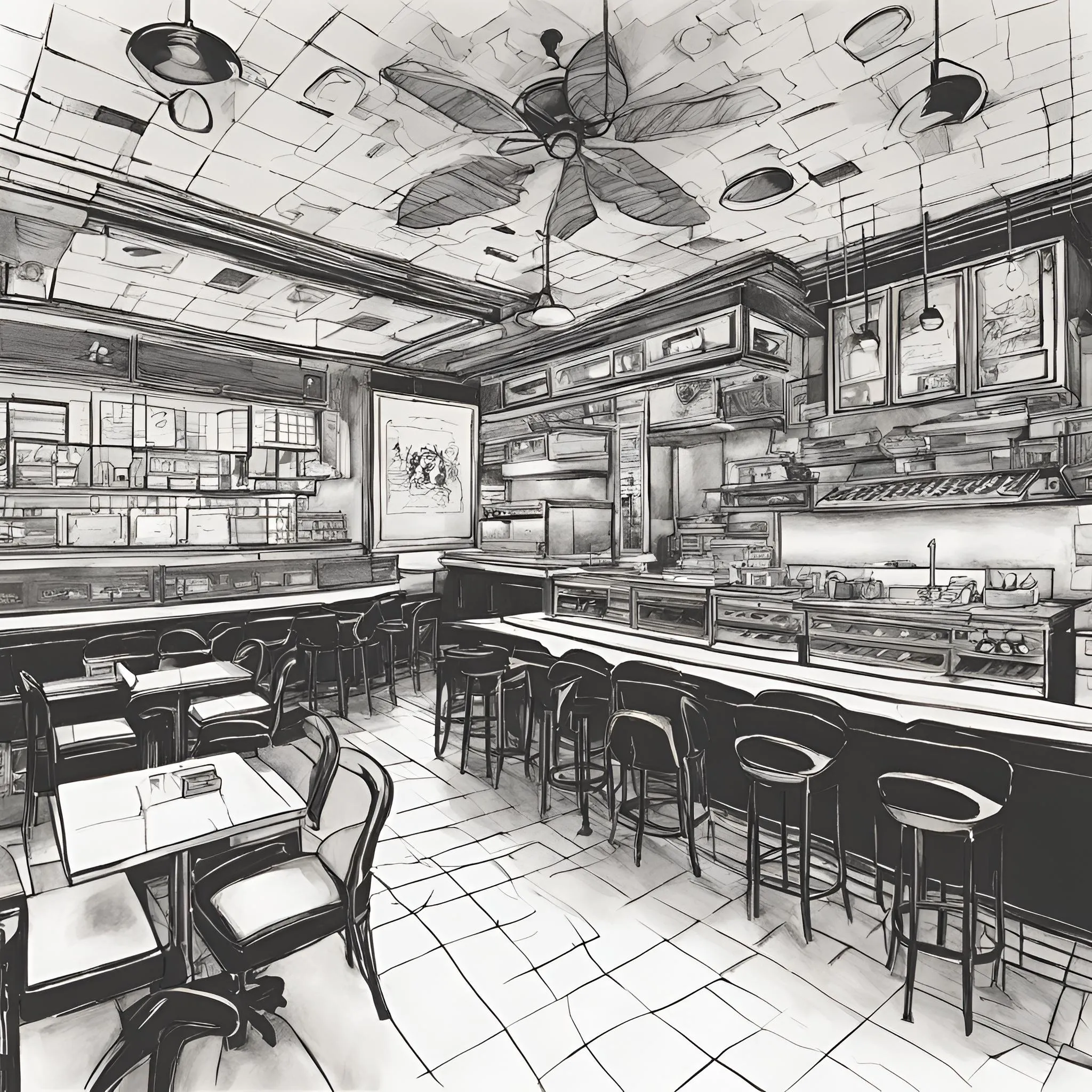
Budget Early and Realistically for Your Beverage System
One of the most overlooked and costly mistakes in bar and restaurant design is treating the beverage system as an afterthought. Waiting until the build is nearly complete to plan for draft beer, wine, or cocktail dispensing system can lead to expensive rework, equipment compromises, or system failures after opening.
Don’t Be Surprised by the Cost
Make sure you budget for a quality system and for good reason. They involve commercial grade equipment, gas systems, glycol chillers, precision regulators, and skilled installation.
Budgeting early allows you to make thoughtful decisions about tower styles, line runs, gas configurations, and cooling systems. Trying to cut corners with low-cost materials or DIY installs often leads to foamy beer, inconsistent pours, or expensive retrofits.
Hiring a reputable beverage system installer ensures you get a layout that works, performs, and complies with safety standards.

Work With the Right Beverage System Installer
Even the best-designed beverage layout can fall apart with poor installation. Hiring a qualified, experienced beverage system installer is just as important as choosing the right equipment. A rushed, poorly executed install can result in costly service calls, wasted product, and frustrated staff from day one.
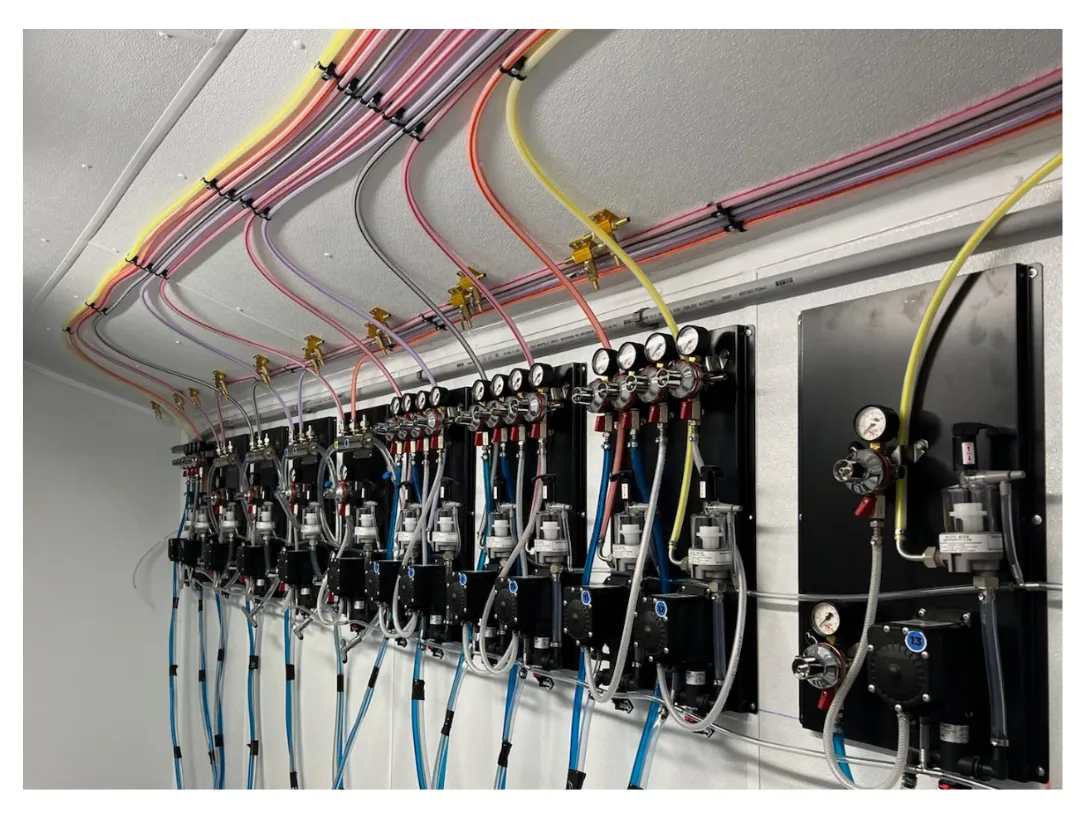
Liquid Cheers can help you find the right installation partner.
Why Quality Installers Matter
- Proper Line Balancing: A skilled installer ensures gas pressures are correctly calibrated so every pour is clean and consistent.
- Clean and Safe Routing: Installers know how to route trunk lines without kinks, exposure to heat, or stress points that can cause breakdowns.
- Compliance: Reputable installers understand health and building codes, use food-safe materials, and follow industry best practices.
- Efficiency: A professional install can reduce foam, speed up service, and extend the life of your equipment.
Quality installers also test the system thoroughly, can train your team on operation, and provide post-installation support to keep things running smoothly.
Understand the Core Components of a Beverage System
Before diving into layout specifics, it's crucial to understand what makes up a complete beverage system. Key components include:
- Dispensing Towers: Can be on the bar top or mounted from ceilings or walls. Make sure you purchase a tower with 304SS beverage lines that can dispense beer, wine, water, cocktails, or cold brew and nitro coffee.
- Trunk Lines: Insulated lines carrying beverages and coolant from the cooler to the tap tower.
- Glycol Chillers: For long-draw systems, these regulate drink temperature along the line.
- Secondary & Beer Pump Panels & FOBs: Devices that ensure minimal product loss and pressure control.
- CO2 Monitors: Safety devices that detect elevated CO2 levels in storage rooms or confined areas where gas is used or stored. Required by code in many jurisdictions and essential for protecting staff health.
- Coolers and Keg Storage: Refrigerated spaces often located in a back room or basement.
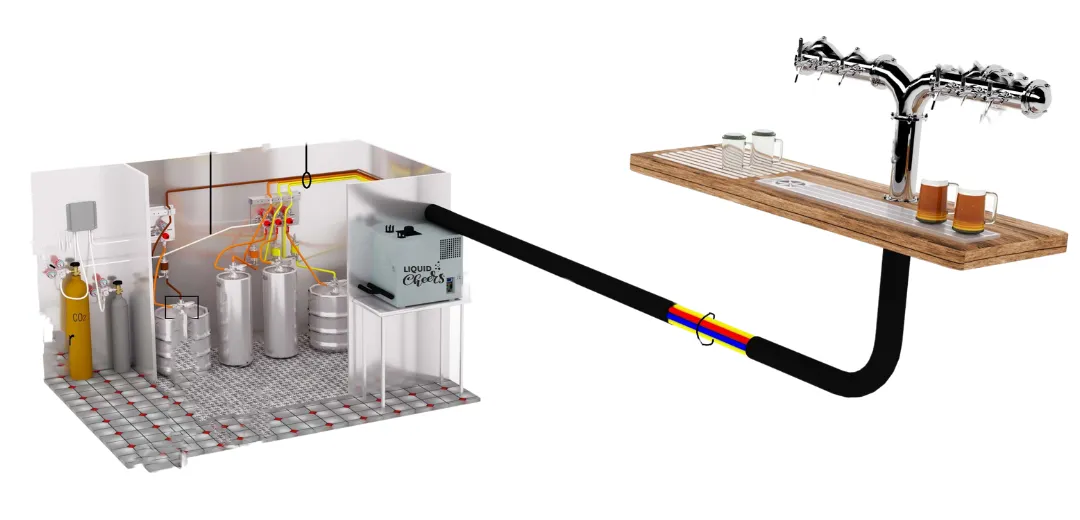
Glycol vs. Air-Cooled Systems: Choosing the Right Draft Solution
One of the most important decisions in beverage system design is whether to use a glycol-cooled system or an air-cooled (kegerator) setup. The right choice depends on your layout, line length, beverage variety, and overall bar concept.
What’s the Difference?
Glycol-Cooled Systems (Long Draw):
These systems use glycol chillers to circulate a cold propylene glycol and water mix, alongside beverage lines inside an insulated trunk. This setup keeps beer, wine, or cocktails cold from the cooler all the way to the tap, even over long distances.
- Ideal For: Large bars, long line runs, or multi-zone venues where the cooler is not directly behind the bar.
- Benefits: Consistent pour temperature, multiple taps, supports a clean bar layout with remote keg storage.
Air-Cooled (Direct Draw/Kegerators):
These systems rely on cold air from the refrigeration unit below being blown through an insulated tube or cavity that surrounds the beverage lines. Kegerators are a common type of an air-cooled setup.
- Ideal For: Small bars, restaurants, or cafes where the kegs are stored directly below or behind the taps.
- Benefits: Lower cost, easier installation, compact footprint, and fewer moving parts.

Know the Impact of Tower Placement
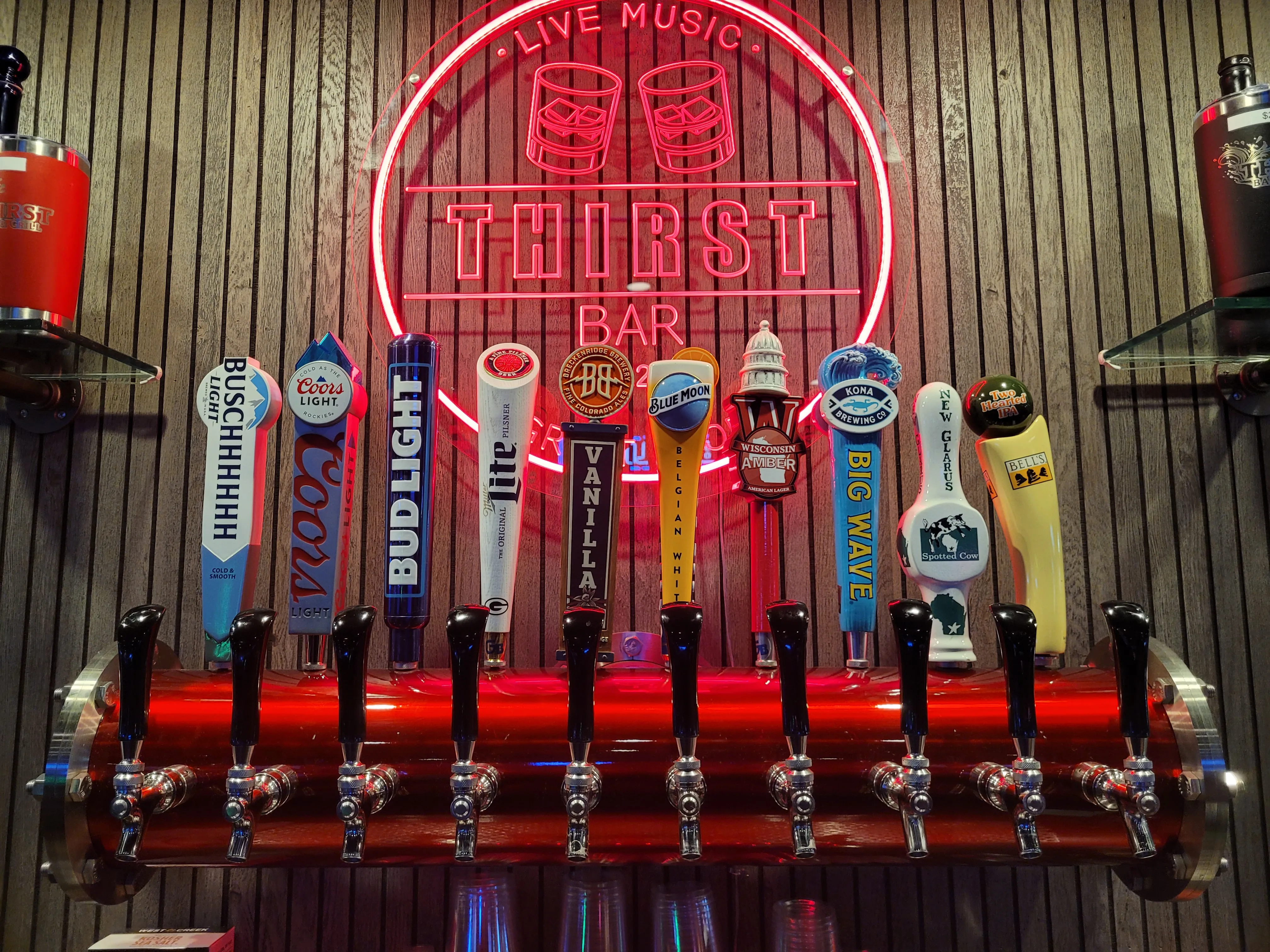
Architects and bar designers don’t need to become beverage system experts, but understanding the core concepts will allow them to create layouts that are efficient.
- Allocate enough space for equipment access
- Plan trunk line paths wisely
- Place towers strategically
- Prepare bar areas for tower mounting
- Integrate utilities early in the MEP process
- Think ahead for growth and trends
Bottom line: be profitable.
Designers often want beverage towers placed in the most aesthetically pleasing location, but function should never be sacrificed for form.
Placement Considerations:
- Towers should be placed close to the bar's point of service to reduce staff movement.
- Avoid placing towers too far from the cooler unless planning for glycol lines.
- Consider multi-product towers that allow beer, water, wine, cocktails, and nitro coffee from a single mounting point.
- Ensure the tower placement doesn’t obstruct guest sightlines or bartender visibility.
Tip: Liquid Cheers towers come with 304 stainless lines that are beverage neutral, meaning the same line can be used for beer, cocktails, nitro coffee, or sparkling water. Your choice.
A Little Planning Saves a Lot of Headaches
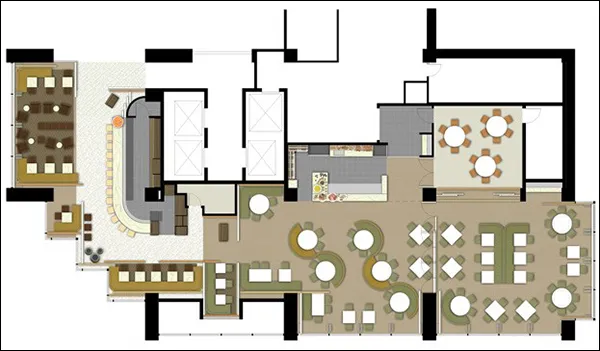
How Liquid Cheers Can Help
At Liquid Cheers, we do more than just provide beverage dispensing equipment. We help you connect with vetted, professional beverage system installers across the United States. Whether you're building a bar in Austin, opening a brewery in Denver, or renovating a hotel in Chicago, we can recommend experienced partners who know how to do the job right.
Need help finding the right installer?
Contact Liquid Cheers and we’ll match you with a certified professional who understands your market, your timeline, and your budget.

